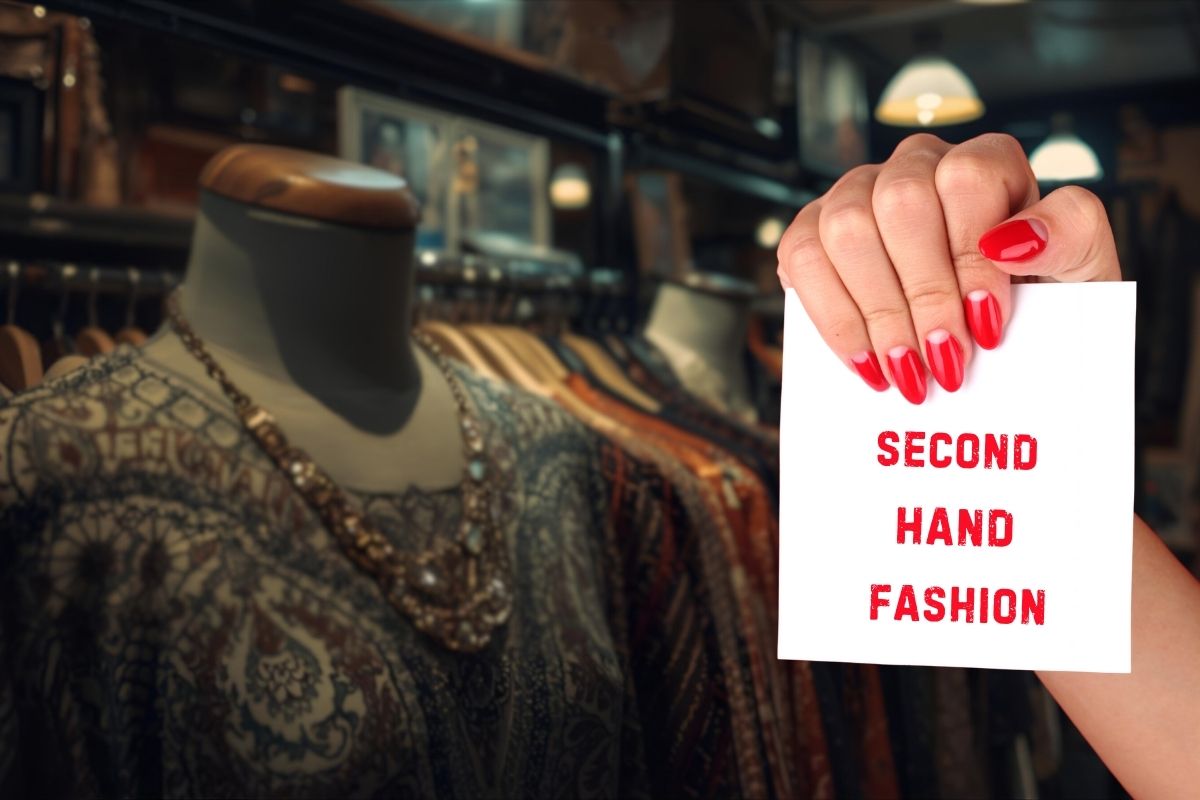How to Style Secondhand Fashion Sustainably

Secondhand fashion is no longer just about saving money; it’s a movement toward sustainability and personal expression. With the fashion industry being one of the biggest contributors to pollution, choosing pre-loved clothing helps reduce waste and gives garments a second life. Whether you shop at thrift stores, vintage boutiques, or online resale platforms, styling secondhand fashion can be a fun, creative, and eco-friendly experience. Here’s a complete guide to looking stylish while making sustainable choices.
Why Secondhand Fashion Matters
The fashion industry produces over 92 million tons of textile waste each year. Many clothes are worn only a few times before being discarded, which harms the environment. Buying secondhand reduces demand for fast fashion and keeps clothes out of landfills. According to a ThredUp 2024 report, the secondhand fashion market is growing rapidly and is expected to reach $350 billion by 2027.
By choosing secondhand, you:
Save money – Pre-loved clothes are often a fraction of retail prices.
Support sustainability – Reusing clothes cuts down on water, energy, and chemicals used in production.
Express your individuality – Vintage and thrifted items are unique, allowing you to create a personal style.
Extend garment life – Every extra nine months of wear reduces a clothing item’s carbon footprint by 20–30%.
Tips for Shopping Secondhand Fashion
Styling sustainably starts with thoughtful shopping. Here’s how to shop smart:
Know Your Style
Before heading to a thrift store or browsing resale apps, think about your style preferences. Create a Pinterest board or save outfit inspiration so you know what to look for.
Check Quality Over Quantity
Secondhand shops often carry many items, but not all are worth buying. Check for:
- Fabric quality (natural fibres like cotton, wool, and linen last longer).
- Stitches, zippers, and buttons.
- Signs of damage or stains.
Invest in Timeless Pieces
Look for wardrobe staples like blazers, denim jackets, neutral trousers, and classic dresses. These can be styled multiple ways and won’t go out of fashion.
Try Before You Buy
If shopping in person, always try clothes on. Vintage sizing differs from modern sizing, so don’t rely only on tags.
Use Online Resale Platforms
Websites like Depop, Poshmark, Vestiaire Collective, and Vinted make it easy to find secondhand fashion from anywhere. Many platforms allow you to filter by size, brand, and condition.
How to Style Secondhand Clothes Like a Pro
Styling secondhand clothing is all about mixing old with new, creating unique outfits that reflect your personality.
1. Mix Vintage and Modern Pieces
Pair a vintage denim jacket with trendy trousers, or style a thrifted floral blouse with modern accessories. Combining eras adds depth to your outfits.
2. Accessorise Creatively
Accessories are the easiest way to elevate secondhand outfits. Scarves, belts, hats, and statement jewellery can completely transform a simple look.
3. Layer for Dimension
Secondhand clothes often come in oversized or unique cuts. Use layering to your advantage:
- Wear an oversized shirt as a jacket.
- Layer a turtleneck under a slip dress.
- Style an old cardigan over a modern jumpsuit.
4. Embrace Tailoring
If you love a piece but it doesn’t fit perfectly, get it altered. Tailoring is sustainable because it extends a garment’s life and makes it feel custom-made.
5. DIY and Upcycle
Turn old jeans into shorts, add patches to jackets, or dye faded clothes to refresh them. Upcycling makes your outfits one-of-a-kind.
6. Build Capsule Outfits
A capsule wardrobe made of secondhand clothing ensures you wear everything you own. Focus on versatile colours and cuts so pieces mix and match easily.
Caring for Secondhand Clothes Sustainably
Once you’ve styled your secondhand finds, proper care ensures they last. Here’s how:
Wash Less Frequently – Washing clothes too often causes wear and tear. Spot clean when possible.
Use Eco-Friendly Detergents – Natural detergents are gentler on fabrics and the environment.
Air Dry Instead of Machine Drying – Reduces energy use and keeps clothes in better condition.
Store Properly – Use breathable garment bags for delicate fabrics and fold heavy sweaters to avoid stretching.
Where to Find the Best Secondhand Fashion
Thrift Stores and Charity Shops – Affordable and great for discovering unexpected treasures.
Vintage Boutiques – Ideal for curated, high-quality fashion pieces.
Online Marketplaces – Perfect for finding specific brands or styles.
Clothing Swaps – Exchange clothes with friends or attend swap events to refresh your wardrobe for free.
Estate Sales and Flea Markets – Great for finding unique or designer pieces at a bargain.
Why Sustainable Styling Is the Future
Fast fashion’s environmental impact is becoming impossible to ignore. A single cotton T-shirt can require 2,700 litres of water to produce, and synthetic fabrics release microplastics into oceans. Secondhand fashion offers a practical, affordable, and stylish solution.
By shopping secondhand and styling sustainably, you:
- Reduce waste and pollution.
- Support a circular fashion economy.
- Create a wardrobe that truly reflects your personality.
According to Fashion Revolution, extending the life of clothes is one of the most powerful actions consumers can take to reduce fashion’s footprint. Choosing secondhand is a simple yet impactful way to participate in positive change.
Quick Styling Ideas to Try
- Pair a thrifted oversized blazer with skinny jeans and sneakers for a chic street-style look.
- Style a vintage slip dress over a fitted white T-shirt for a 90s-inspired vibe.
- Accessorise a secondhand denim jacket with eco-friendly pins and patches.
- Use a belt to cinch a thrifted maxi dress for a more flattering shape.
Final Thoughts
Secondhand fashion is more than a trend; it’s a sustainable lifestyle choice. Styling pre-loved clothing lets you stand out, save money, and make a positive environmental impact. By mixing creativity with conscious shopping, you can build a wardrobe that feels personal, timeless, and eco-friendly.
Next time you need new clothes, skip the fast-fashion stores and explore your local thrift shop or favourite resale app. You might just find your new favourite outfit while helping the planet.






